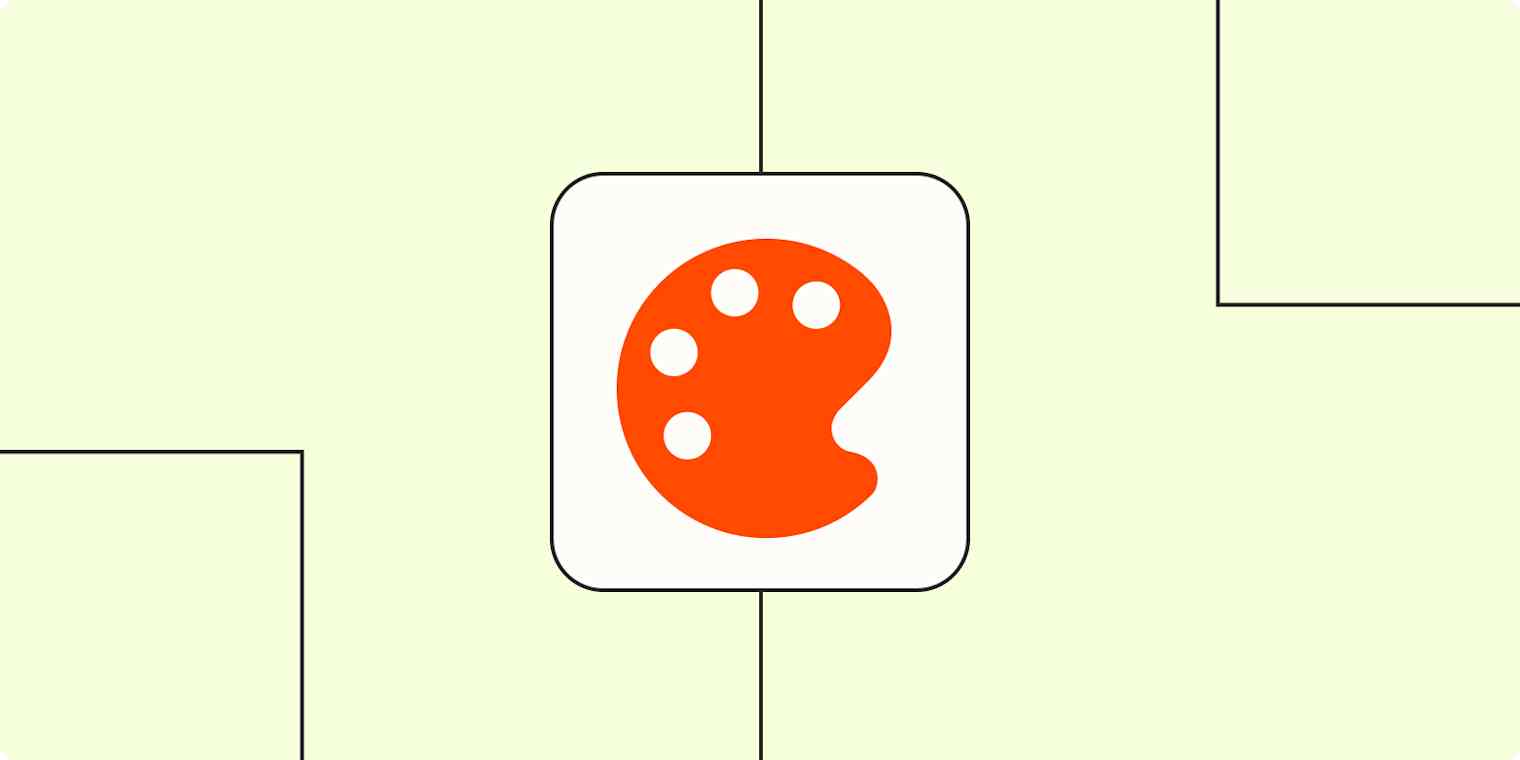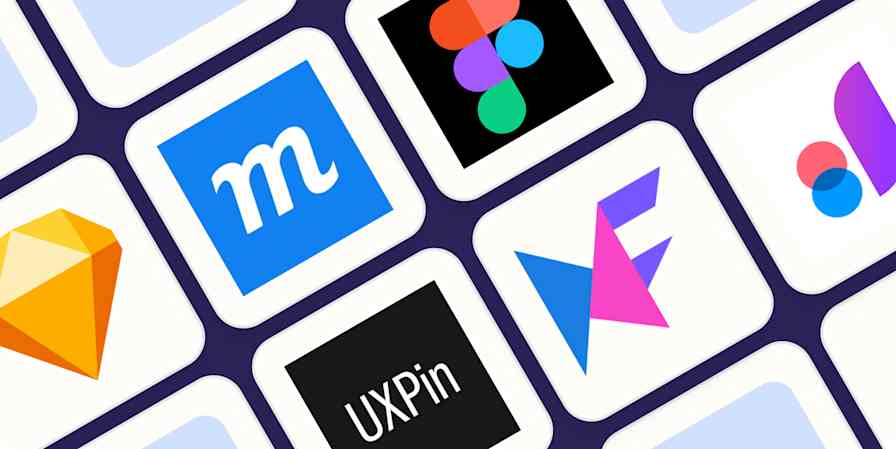Business tips
3 min readHow to design for your brand without a designer
If you don't have the resources to hire a designer, you can still make your brand feel professional.
By Daniela Milosheska · December 13, 2021

Get productivity tips delivered straight to your inbox
We’ll email you 1-3 times per week—and never share your information.
Related articles
Improve your productivity automatically. Use Zapier to get your apps working together.







